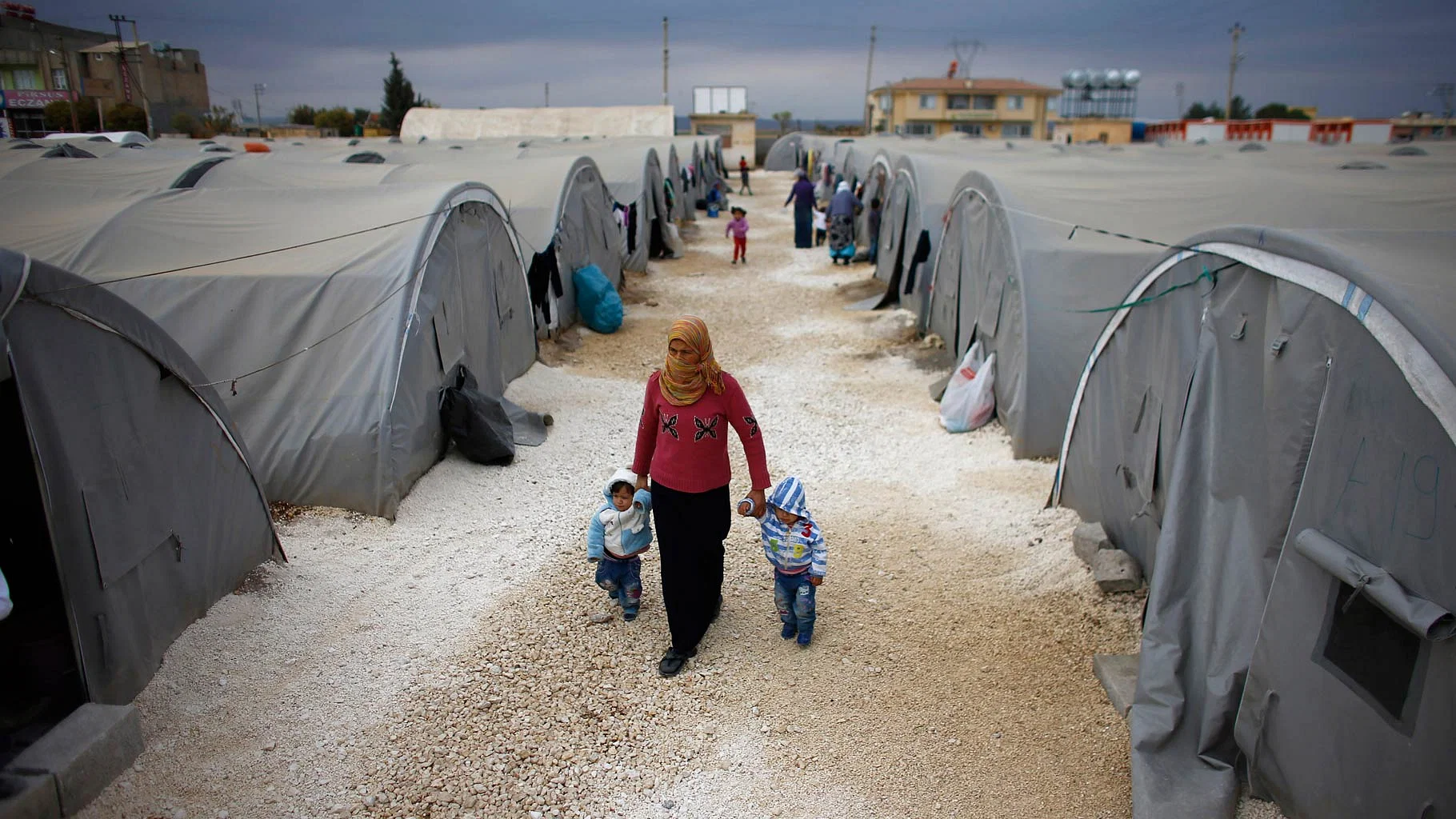Finland, like many other countries, has been home to a significant refugee population in recent years. Understanding the refugee situation in Finland involves examining the reasons for migration, the challenges faced by refugees, the legal framework governing asylum, and the integration process. In this article, we will delve into each of these aspects and provide an exclusive method for supporting refugees in Finland.
Reasons for Migration
- Forced Displacement: Many refugees flee their home countries due to conflict, persecution, or violence, seeking safety and protection in Finland.
- Humanitarian Crises: Natural disasters, environmental degradation, and economic instability can also force people to leave their homes in search of a better life.
- Family Reunification: Some refugees come to Finland to reunite with family members who have already been granted asylum or residency.
Challenges Faced by Refugees
- Language Barrier: Learning Finnish or Swedish, the official languages of Finland, can be a significant challenge for refugees, impacting their ability to access education, employment, and social services.
- Integration: Adjusting to a new culture, navigating unfamiliar systems, and building social networks can be daunting for refugees, leading to feelings of isolation and alienation.
- Employment: Finding employment that matches their skills and qualifications can be difficult for refugees due to language barriers, lack of recognition of foreign credentials, and discrimination in the job market.
- Housing: Securing affordable and suitable housing is a challenge for many refugees, especially in urban areas where housing shortages are common.
Legal Framework
-
- Asylum Process: Finland has a legal framework for granting asylum to refugees based on international and EU law, including the Geneva Convention on Refugees.
- Residence Permits: Refugees granted asylum or subsidiary protection are eligible for residence permits in Finland, allowing them to stay and work in the country.
- Integration Support: The Finnish government provides integration support to refugees, including language courses, social orientation programs, and assistance with housing and employment.
Integration Process
- Language Education: Language courses in Finnish or Swedish are a key component of the integration process, helping refugees acquire language skills necessary for daily life, education, and employment.
- Social Orientation: Social orientation programs provide refugees with information about Finnish society, culture, laws, and rights, helping them navigate their new environment and understand their rights and responsibilities.
- Employment Support: Employment services and vocational training programs help refugees develop job skills, access job opportunities, and integrate into the Finnish labor market.
- Community Engagement: Engaging with local communities, volunteering, and participating in social activities can help refugees build social networks, foster a sense of belonging, and contribute to their integration.
Exclusive Method: Community Sponsorship Programs
One exclusive method for supporting refugees in Finland is through community sponsorship programs. Here’s how it works:
Step 1: Establish a Community Sponsorship Program
- Community Partnerships: Collaborate with local organizations, municipalities, and civil society groups to establish a community sponsorship program for refugees.
- Funding and Resources: Secure funding and resources to support the program, including financial support, housing assistance, language training, and social integration activities.
Step 2: Identify Refugee Families or Individuals
- Refugee Selection: Work with relevant authorities, such as the Finnish Immigration Service, to identify refugee families or individuals in need of sponsorship.
- Needs Assessment: Conduct a needs assessment to determine the specific support and assistance required by the sponsored refugees, including housing, language education, and employment support.
Step 3: Provide Comprehensive Support
- Housing: Arrange suitable accommodation for sponsored refugees, whether through housing subsidies, rental assistance, or temporary housing arrangements.
- Language Education: Enroll sponsored refugees in language courses to help them learn Finnish or Swedish and improve their language skills.
- Employment Assistance: Offer job search assistance, resume writing workshops, and vocational training programs to help sponsored refugees find employment and achieve economic self-sufficiency.
- Social Integration: Organize social activities, cultural events, and community gatherings to facilitate interaction and integration between sponsored refugees and the local community.
Step 4: Foster Long-Term Integration
- Mentorship and Support: Pair sponsored refugees with mentors or support volunteers who can provide guidance, encouragement, and practical assistance as they navigate their new lives in Finland.
- Follow-Up and Evaluation: Conduct regular follow-up meetings and evaluations to assess the progress of sponsored refugees, identify any challenges or barriers they may be facing, and make adjustments to the support provided as needed.
- Promote Community Engagement: Encourage sponsored refugees to participate in local community initiatives, volunteer opportunities, and social activities to foster a sense of belonging and integration.
The refugee situation in Finland presents both challenges and opportunities for the country and its communities. By understanding the reasons for migration, the challenges faced by refugees, the legal framework governing asylum, and the integration process, we can better support refugees in Finland and facilitate their successful integration into society. Through innovative approaches such as community sponsorship programs, we can harness the power of community engagement and solidarity to provide refugees.
